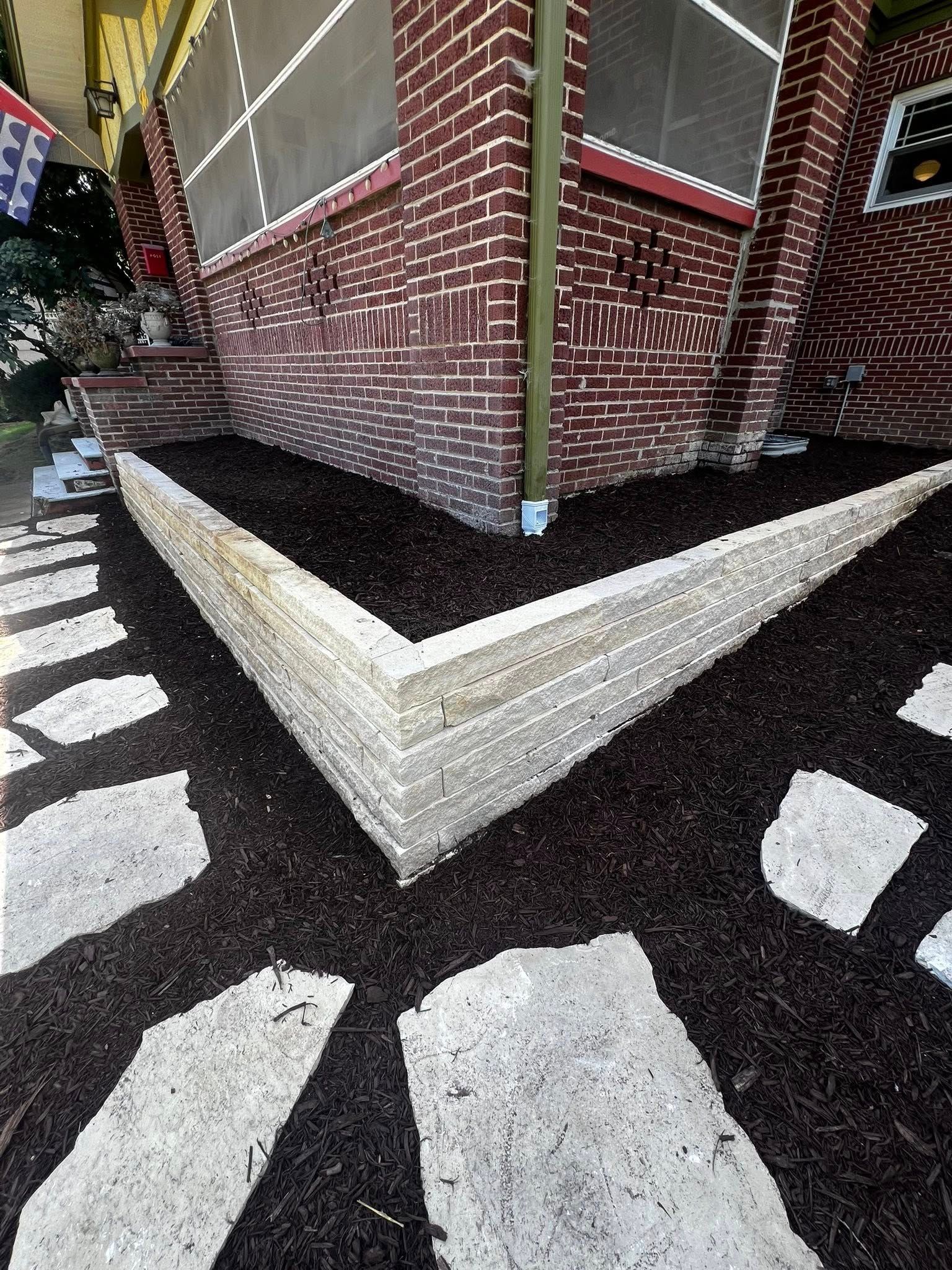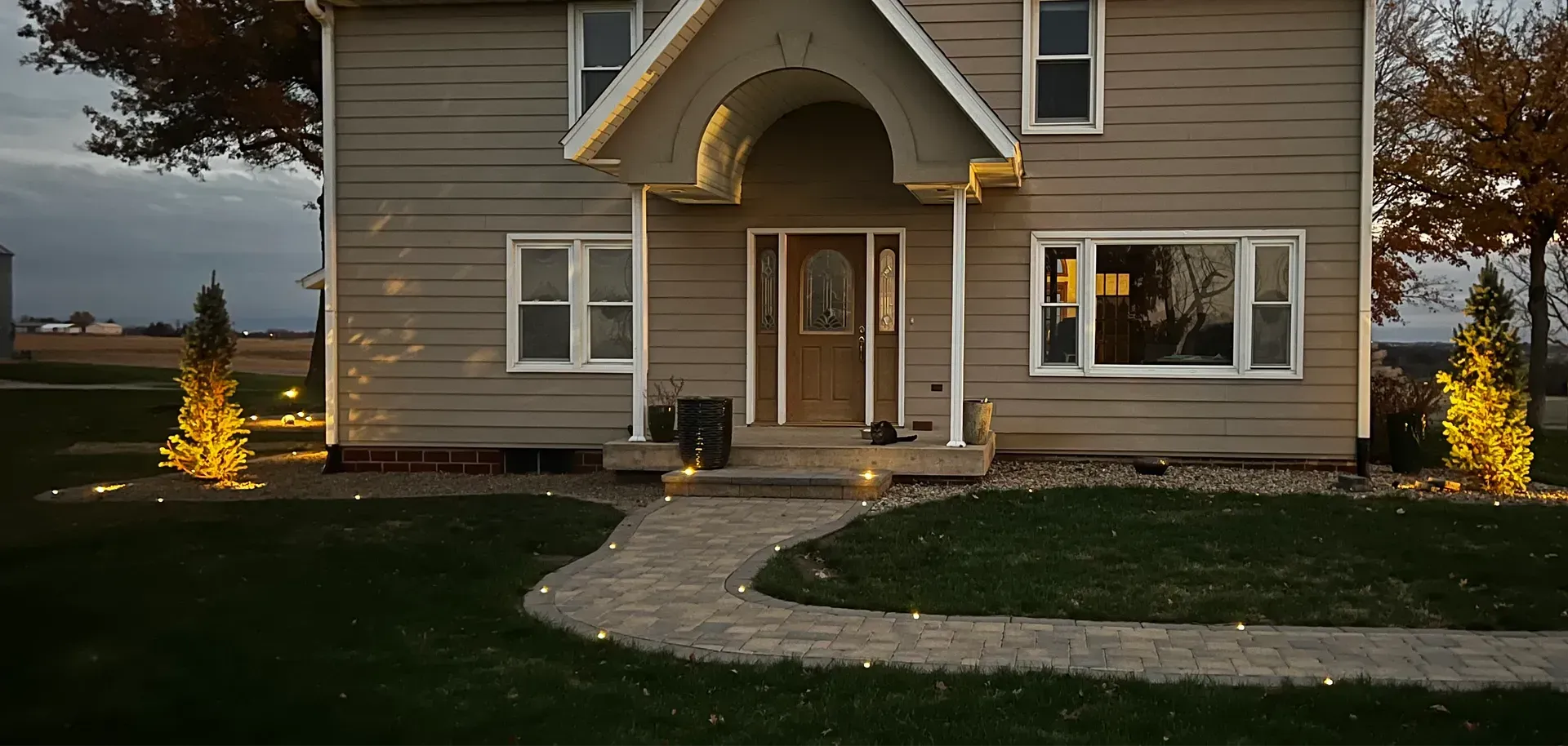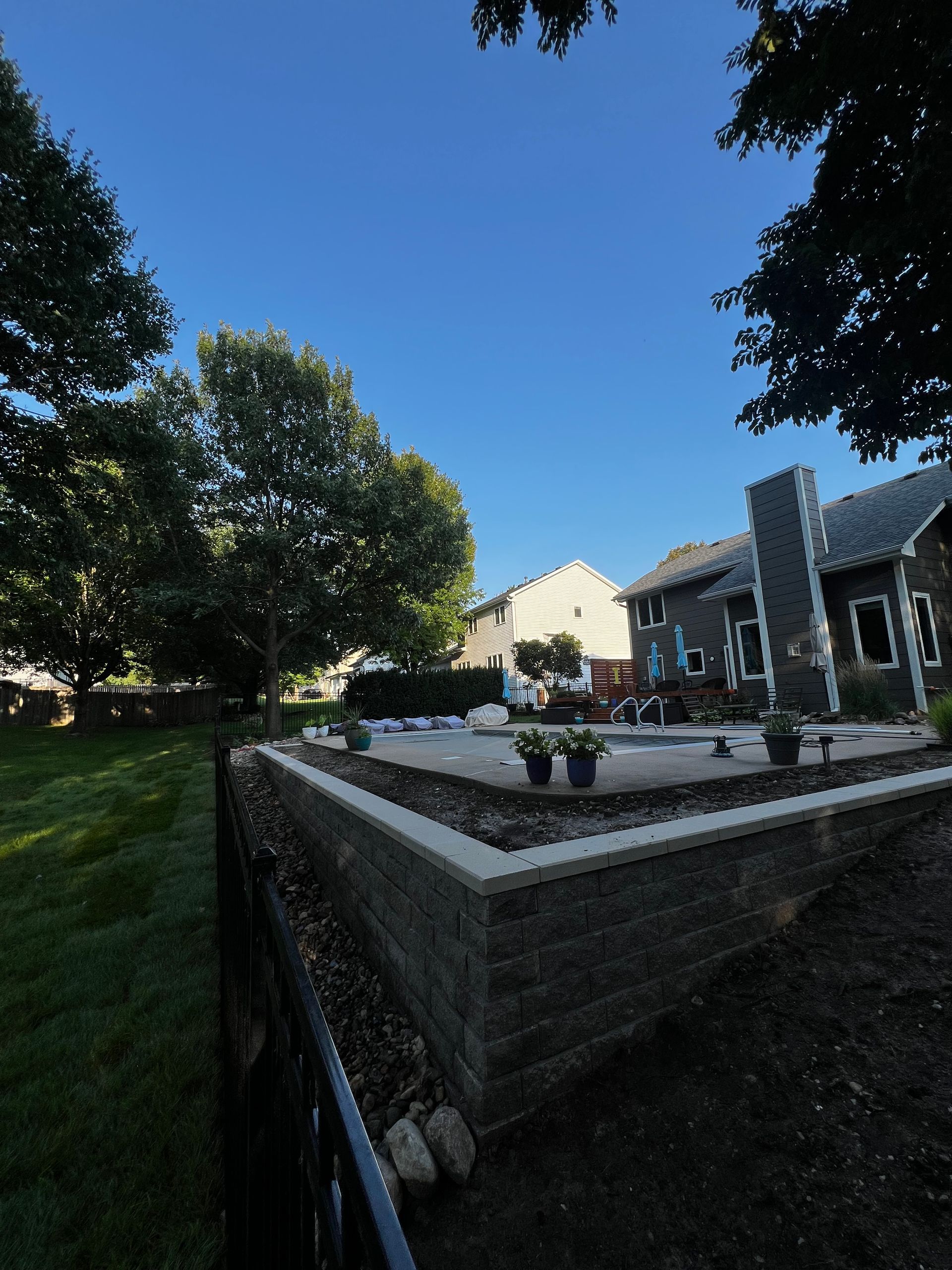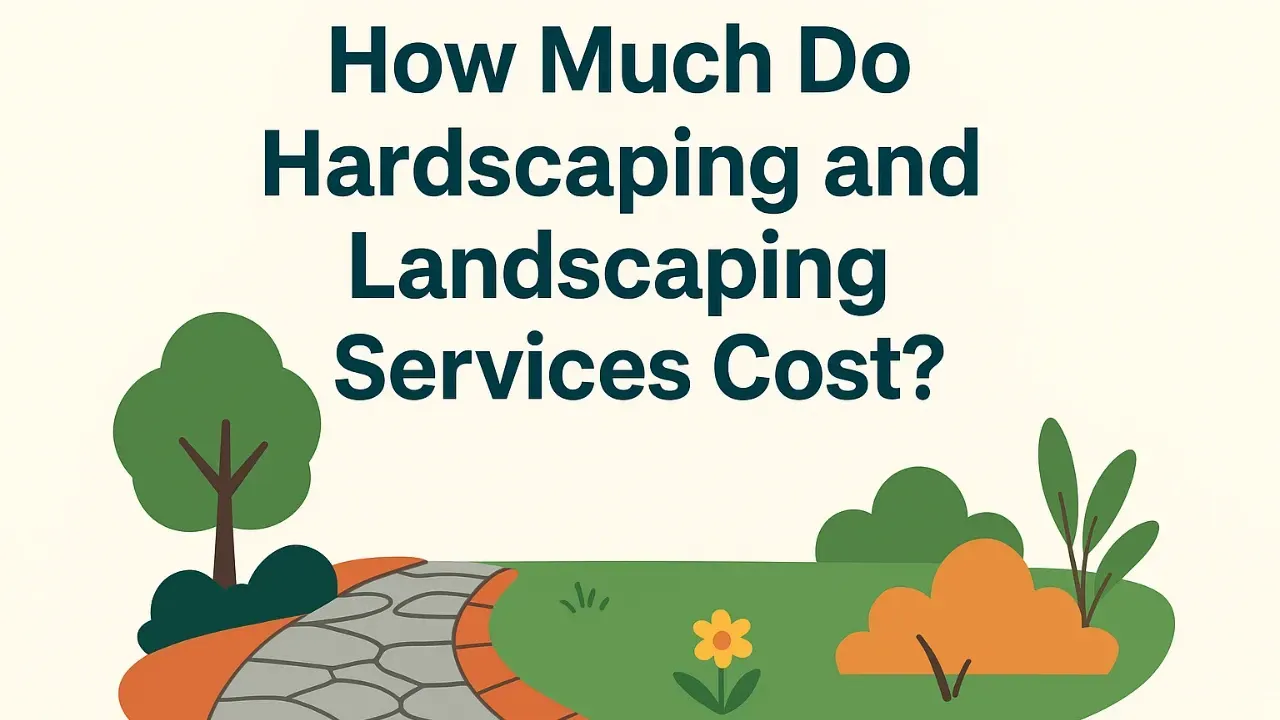Seasonal Landscaping Tips: What to Do Each Quarter

Seasonal Landscaping Tips for Your Iowa Home
You have to work all year to keep your Iowa property looking its best. Your lawn and landscape need various things at different times of the year because summers are hot and humid and winters are cold and snowy. The key to having a beautiful, healthy, and strong outdoor area is knowing what to do and when to do it.
We put together a whole guide to seasonal landscaping just for households in Central Iowa. Follow these tips every three months to keep your property healthy from the first thaw of spring to the last snowstorm of winter.
Seasonal Landscaping Tips for Your Iowa Home
You have to work all year to keep your Iowa property looking its best. Your lawn and landscape need various things at different times of the year because summers are hot and humid and winters are cold and snowy. The key to having a beautiful, healthy, and strong outdoor area is knowing what to do and when to do it.
We put together a whole guide to seasonal landscaping just for households in Central Iowa. Follow these tips every three months to keep your property healthy from the first thaw of spring to the last snowstorm of winter.
Spring: Getting Your Landscape Ready (March, April, May)
It's time to look back on how winter affected everything and get ready for the growing season when the snow melts and the ground thaws. In the spring, there is a lot of yard work to do to get ready for a lush summer.
Starting Lawn Care
After being dormant all winter, your lawn is ready to develop. Start it off right.
Rake and Clean Up: When the ground is dry again, rake up your whole lawn. This task gets rid of old leaves, dead grass (thatch), and other trash that might block new development and make plants sick.
Aerate Your Soil
The clay-rich soil at Iowa gets harder over the winter. Core aeration, or removing small plugs of dirt, is one of the best things you can do for your lawn. Aerating lets air, water, and nutrients get to the roots, which helps them grow deeper and makes them more resistant to drought.
Add Seeds to Thin Spots
Do you have bare or thin spots on your lawn from the winter or foot traffic? It's best to overseed in early spring. New grass seed germinates well in cool weather and with constant precipitation.
Apply Pre-Emergent
A pre-emergent herbicide will stop crabgrass and other weeds from taking over. The timing is crucial; you should do it after the soil temperature stays at 55 degrees Fahrenheit for a while but before it gets to 65 degrees. For a lot of people in Central Iowa, this window is in April.
Getting the Garden and Bed Ready
Prepare your garden beds for a colorful and lively season. Trim Summer-Blooming Shrubs: Trim back shrubs that flower in the summer, like Panicle Hydrangeas and Potentilla. Don't prune Lilacs, Magnolias, and Forsythias that bloom in the spring until after they have completed blooming, or you will chop off this year's flowers. Edge Your Beds: To make a clear line between your grass and garden beds, use a spade or edger. This easy step makes your whole yard appear better and keeps grass from getting into your mulch.
Add a new layer of mulch (2–3 inches deep) to your garden beds. Mulch keeps the soil moist, keeps weeds from growing, and controls the temperature of the soil. To keep it from rotting, keep it a few inches away from the base of trees and bushes. Plant Perennials and Annuals that bloom in the cool season: You can start planting new perennials once the risk of heavy frost has passed, which is usually in early to mid-May in Central Iowa. You can also plant Pansies and Snapdragons, which are cool-season annuals, to add color early.
June, July, and August: Maintenance and Fun
In Iowa, summers are great for spending time outside. During these hot, humid months, the focus changes from getting ready to keeping things up, which keeps your landscape healthy and colorful.
Taking care of your lawn and plants
Heat and uneven rainfall can stress out your lawn and plants. Water your gardens and lawns deeply, but do so infrequently, rather than every day. Try to get approximately an inch of water per week, spread out across one or two sessions. This helps the roots grow deeper, which makes your plants better able to handle dry weather. Watering early in the morning is beneficial since it keeps the water from evaporating.
Mow High
Lift the blade of your mower to a height of 3 to 4 inches. Grass that is taller than the soil keeps it cooler, slows down weed growth, and helps it keep moisture. You should never cut off more than one-third of the grass blade at a time.
Weed Control
: Monitor your weeds closely. They fight with your plants for nutrients and water. Pull them by hand after it rains, when the ground is soft, or employ targeted post-emergent spot treatments.
Deadhead Flowers
Cut off the flowers that have already bloomed on your annuals and perennials. This technique, called deadheading, makes the plant make new blossoms instead of devoting all its energy to making seeds.
Taking Care of Hardscape
Your patios, walkways, and retaining walls also need some work.
Cleaning the Patio
To keep dirt from ruining the surface, sweep your patio and pathways often. To get rid of dirt, mold, or mildew that has built up, use a pressure washer.
Weed Paver Joints
Weeds like to grow in the spaces between pavers that are filled with sand. You can get rid of them with a weeding tool or a power washer. Then, fill the joints with polymeric sand to stop them from growing back.
Preparing for Dormancy in the Fall (September, October, and November)
Cleaning up and getting ready for fall is essential. The work you undertake now will keep your yard safe during the severe winter and give it a healthy start in the spring.
Important Things to Do in Your Lawn and Garden
As the weather cools, the needs of your landscape change once more.
Keep Mowing
As long as your lawn is growing, keep mowing it. Gradually drop the height of your blade to roughly 2.5 inches for the last one or two mows of the season. This helps keep snow mold from growing during the winter.
If you only fertilize once a year, do it in the fall. Use a winterizer fertilizer in late October or early November. This will provide the grass all the essential nutrients it needs to store in its roots so it can grow quickly next spring.
Managing Leaves
Don't allow leaves to build up in your yard. Wet leaves that are too thick might suffocate the grass and spread disease. You can either rake them up and put them in a compost pile or use a mulching mower to cut them up into little pieces that will break down and feed the soil.
Put in Spring Bulbs
Plant bulbs that bloom in the spring, like Tulips, Daffodils, and Crocuses. They need the chilly winter months to prepare their flowers for a wonderful presentation next year.
Cut Back Perennials
After the first hard frost, cut back herbaceous perennials to about 2–3 inches above the ground. This will clean up the garden and take away places where bugs can hide. Leave perennials with intriguing seed heads, such as coneflowers and sedum, for birds to eat and for interest in the winter. Keeping Your Money Safe
Turn Off Irrigation Systems
It is important to get your irrigation system properly blown out before the first freeze. If there is still water in the lines, it might freeze, expand, and break pipes and sprinkler heads, which can be costly.
Clean and Put Away Your Tools
For the winter, clean, sharpen, and store your gardening tools correctly. This keeps them safe from rusting and makes sure they're good to go in the spring.
Winters are the Time to relax and make plans (December, January, February)
Even if the snow covers the ground, there are still a few things to remember. Now is the perfect time to make plans for the coming year.
Protecting the Landscape in Winter
Keep trees and shrubs safe
Heavy snow, ice, and hungry rabbits can hurt young or weak trees and bushes. To protect the bark, think about wrapping them in burlap or putting tree guards around them. To keep evergreen branches from bending or breaking, gently brush off heavy snow.
Use Ice Melt Safely
When you use de-icers on your driveway and walkways, pick one that won't hurt concrete, dogs, or plants as much. Salt-based chemicals might hurt your hardscaping and destroy grass and plants that are close by.
Check for Damage from Animals
Look for signs of damage from rabbits or voles, which typically look like bark that has been chewed off at the base of trees and plants.
Your Environment-Friendly Lowa Garden Is Waiting for You
The best time to think about the future of your landscape is in the winter. Look back and think about what worked successfully in your garden last year. What didn't work? Write down the names of plants you want to relocate, replace, or add.
Plan Your Next Project
Have you been thinking of building a new patio, a retaining wall, or completely changing your garden? Winter is the best season to plan big landscaping jobs. You can look up ideas, make a budget, and talk to a professional.
Let Us Do the Hard Work
A beautiful landscape is something to be proud of, but it can be demanding labor all year. Larkin Landscape & Design can help you if you'd rather spend your time outside enjoying your yard than working in it.
We know how to keep your Central Iowa property looking its best all year long, from seasonal cleanups and grass care to planning and building the patio of your dreams. Call us today to set up a meeting and start planning your ideal outdoor space.









